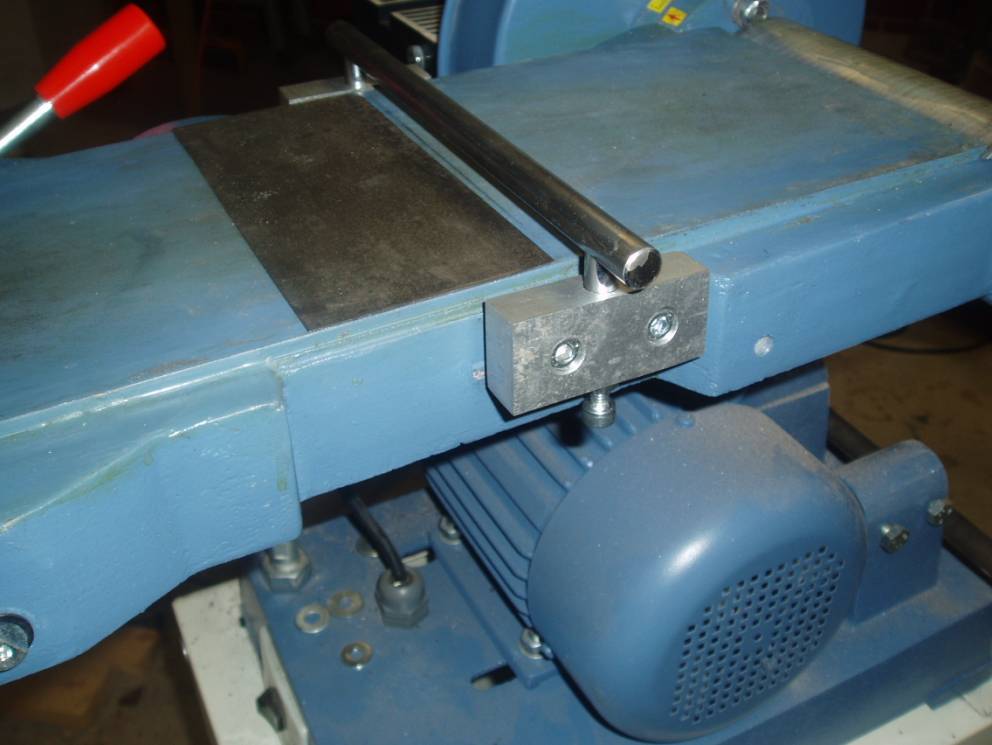Hey guys, just looking for some advice on the quickest, and cheapest, way to establish and re-establish primary bevels on plane irons and chisels. I use the MKII honing guide and waterstones for sharpening and am very satisfied. Itís establishing a bevel on a new (used) tool or getting back to primary when needed that I am not happy with. Iíve always used my honing guide and sandpaper on granite for this. Itís just not cutting it (pun intended). Sandpaper wears out quickly, is expensive, and the process takes way too long. Right now Iím looking at either the DMT diasharp stones (probably 220x) or the Veritas grinding jig for my Rikon slow speed grinder. I just canít justify working a bevel on sandpaper for over an hour anymore and going through several sheets of sandpaper every time isnít cost effective. Anyone using the Diasharp stones? How long do they take to cut a new bevel or correct a bevel? Iím definitely leaning towards Diasharp stone - I donít like the idea of risking overheating a tool on a grinder. Bottom line for me at this point is speed (without sacrificing accuracy). Look forward to hearing your opinions.
Dan




 Reply With Quote
Reply With Quote







